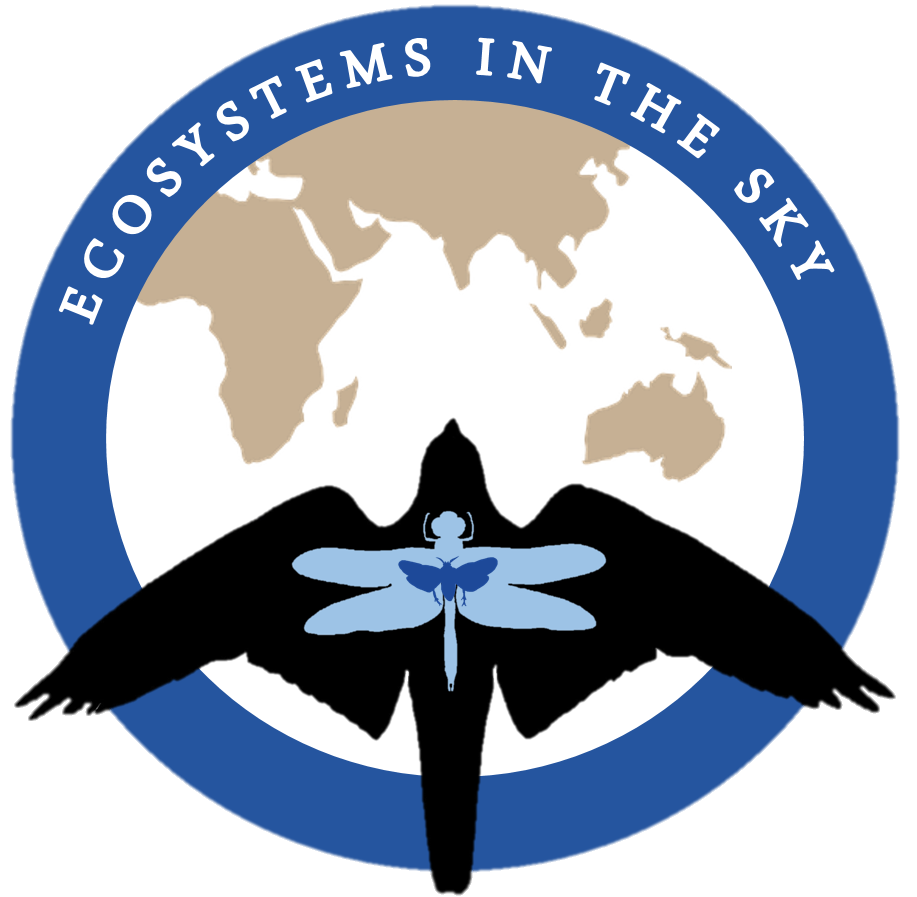Pape Ornithological Station in Latvia
The Rybachy trap at Pape. Photo: Pape Ornithological Station
The Baltic Sea is a relatively small sea with brackish water, located in northern Europe. It is orientated north-to-south and thus, its coastline presents an advantageous landmark for migrating animals that wish to travel in a north or southwards direction.
Latvia is one of the smaller countries flanking the Baltic on the eastern coastline. Tucked in amongst the sand dunes and the wide stretched beaches in the southern most part of the country lies the small village of Pape. A small village that has a rather large net.
The Pape Ornithological Station has been active since the 1960s, and its most extravagant feature is its Rybachy-type trap. This trap is a funnel net, about 60-70 m long, and with a 35 meter-broad entrance 15 m in height. The funnel ends in a little catchment cage, only about 1 m long and 40 cm high.
The main focus was originally on bird ringing, but the site also proved to be a perfect place to study migrating bats.
The reason why I went there was that the Rybachy trap also has proven to be very good at catching dragonflies. In fact, the eastern Baltic coast have several Rybachy traps erected. One in Pape, Latvia, one in Lithuania, and two in Rybachy on the Courish Spit. The Pape trap faces north, and is thus in use during autumn migration, when bats, birds and dragonflies fly south.
There were five aims with the trip to Pape: meet the people that worked at the station, see the site, hopefully experience a migratory swarm of for example four-spotted chaser (Libellula quadrimaculata), take samples for isotopic analysis and try to see whether a migratory species of dragonfly that actually IS ON MIGRATION would be easier to get to fly when it is tethered.
The people were really nice and welcoming (thank you Oskars Keiss for having us!), the site was beautiful and easily accessible from the apartment-hotel, I got a large set of samples of migrant hawkers (Aeshna mixta) and vagrant darters (Sympetrum vulgatum) and did some quite successfull tethering. No large swarms were seen, but there were many dragonflies flying into the trap on the sunny, warm days. I really enjoyed the advantage of trying to net dragonflies INSIDE another net, soo much easier than out in the open.
A few other insect species also got caught in the trap, butterflies like red admirals and painted ladies were among the welcomed examples, and are also migratory. However, giant hornets also patrolled the catchment cage and the big trap, preying upon any insect too preoccupied with trying to get out to avoid getting attacked. In the sand inside the trap and underneath the catchment cage, one could find what remained of these consumed dragonflies and butterflies: their wings.
Above: migrant hawker male, migrant hawker female (Aeshna mixta), ruddy darter male (Sympetrum sanguineum) and an old black-tailed skimmer female (Orthetrum cancellatum)















